Last week I visited the factory and tool store of Ray Iles, one of the sons of legendary toolmaker Ashley Iles.1 (Ray is pretty much a legend in his own right.)
I first met Ray about 25 years ago at a pub in Pennsylvania (thanks to Joel Moskowitz for the introduction). Like me, Ray is a bit more gray these days. But he’s no less driven or enthusiastic about toolmaking than when we met.
His factory in rural Lincolnshire, England, is an amazing assemblage of machines gathered (and babied) from toolmaking firms that went out of business, machines of Ray’s own making and CNC-driven equipment.
The machines are closely spaced in the buildings – just enough for Ray to slip by them on the way to the next toolmaking operation.
When we arrived last Monday, he was cleaning up from a long day of work, including grinding bevel-edge chisels. But he was happy to show us around and chat about tools, toolmaking and just about anything related to the history of manufacturing.
After a tour of the factory, we visited the tool store attached to the factory’s offices. I don’t know how many vintage and new tools you can stuff into a space that’s about 25' x 25', but Ray does. A bit of everything is in there, from vintage infill planes, full sets of coachmakers planes, about 200 metal bench planes and drawers and drawers filled with parts and small tools.
You could spend a week there and still not see everything.
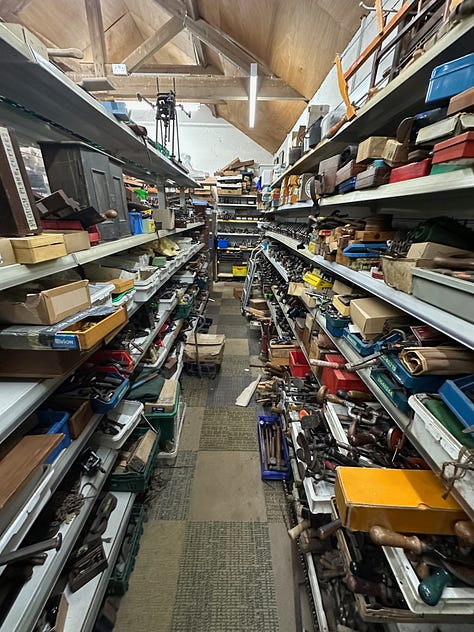
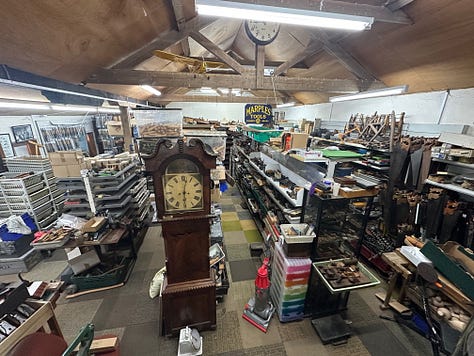
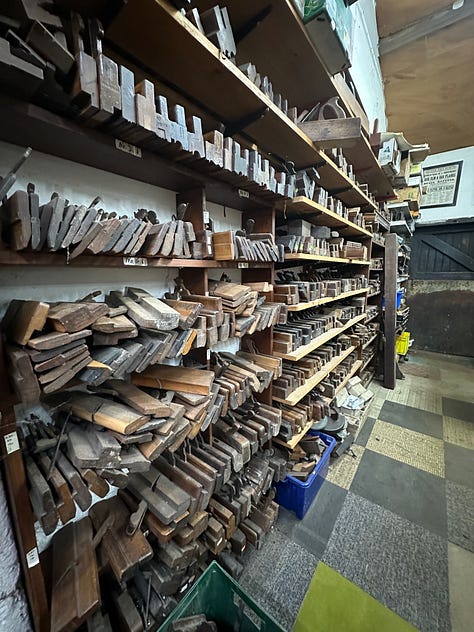

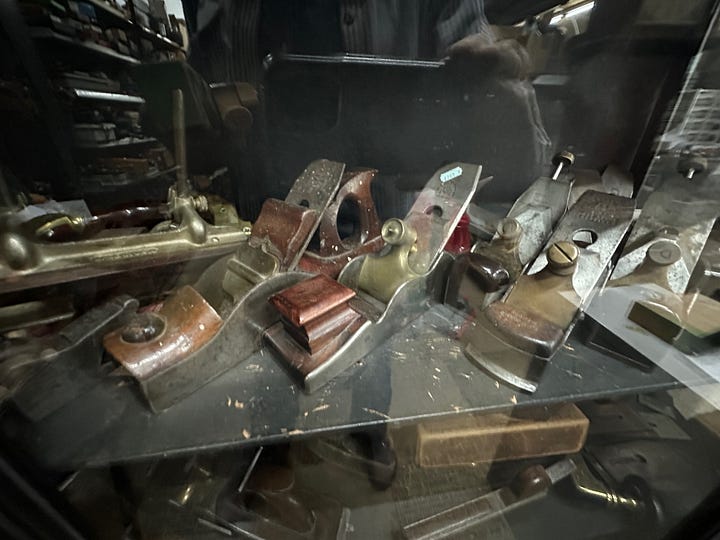
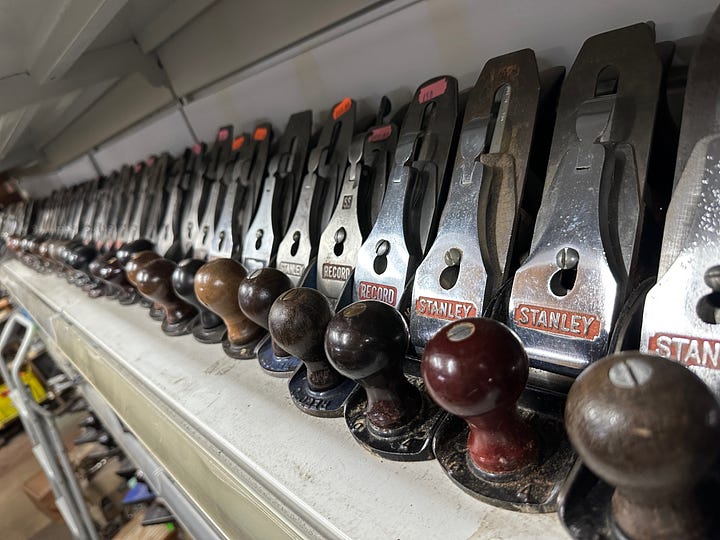
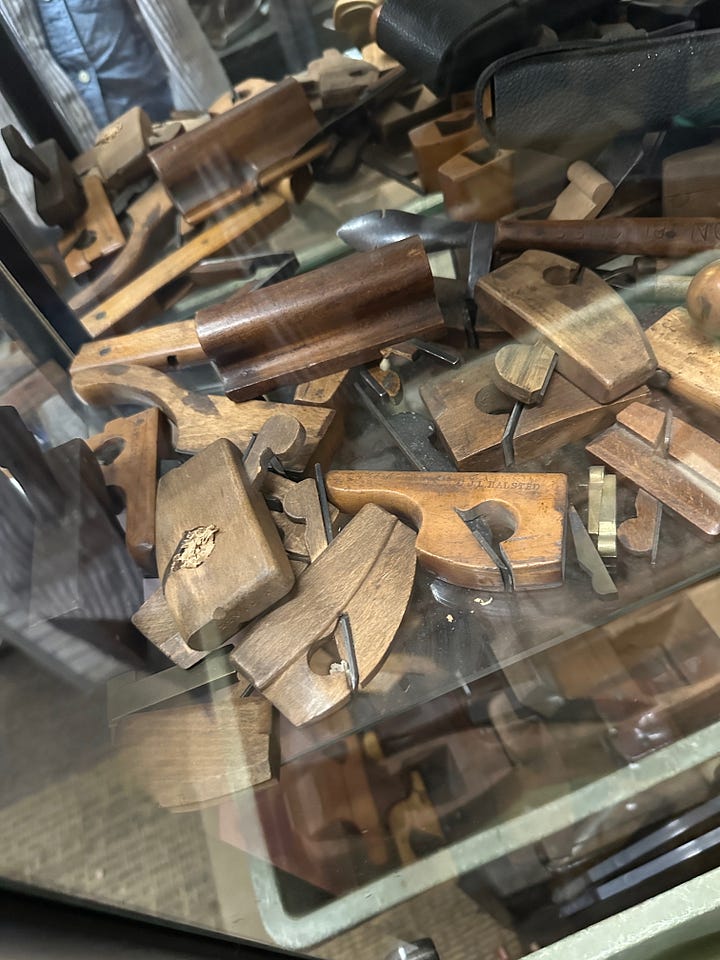
As we pawed all over the tools, chairmaker Chris Williams unearthed a Lie-Nielsen No. 62 low-angle jack plane that was still in the box.
Chris pulled the plane from its rust-resistant wrapper, and we all “ooo’d” – except for Ray.
Ray reached over and hoisted a Veritas large shoulder plane on his desk.
Looking down at it, he said: “Veritas deserves a lot more credit than it gets. Lie-Nielsen starts with established designs. Veritas designs its tools from scratch.”
You can agree with Ray’s statement, or you can disagree. That’s not the point of this article. Instead, Ray pointed out a tension that I struggle with every day in my work as a furniture maker and writer. And it might be something you struggle with at your job, too.
What do you offer to your customers? Something unfamiliar (at least for now2) and new? Or something that they ask for repeatedly, pointedly and (almost) annoyingly? Should you be a lamp or a mirror?
If I wanted to make my furniture customers and readers happy (and myself a lot better off financially), here is what I would do.
Write a Follow-up to ‘Campaign Furniture’
This is not my most successful book as far as sales go. But it has a fan base that is deep, committed and wealthy. When I closed my commission book in 2019, I was besieged with orders for campaign secretaries, Roorkhee chairs, field desks and floor chests.
Museums were asking me to speak at exhibitions on campaign furniture and the style’s connection to modern furniture. Magazines regularly asked to interview me (I refer them to Christopher Clarke Antiques).
Even though I love the furniture style dearly, I turned my back on the attention and the generous offers.
Why? I’ll try to explain without looking like an ungrateful asshole.
Keep reading with a 7-day free trial
Subscribe to The American Peasant to keep reading this post and get 7 days of free access to the full post archives.





